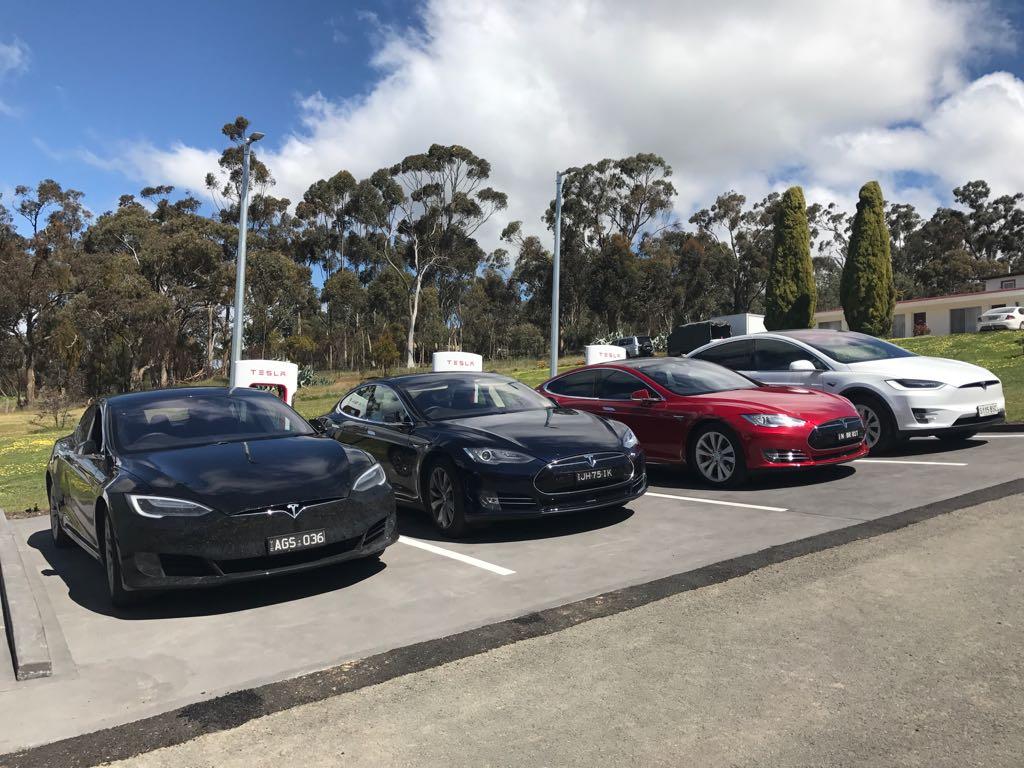
This week, South Australian Premier Steven Marshall announced an important initiative regarding electric vehicles.
$18.3 Million dollars will be spent as part of the Government’s new Electric Vehicle Strategy. Around $13M of this will be invested in growing the SA electric vehicle charging infrastructure right across the state. The funding will support private enterprise in establishing charging locations.
While charging locations are plentiful throughout Victoria and New South Wales, fast-charging in SA is a little anemic, so this announcement will be very welcome to residents.
The money will also go to supporting the transitioning to the Government’s own fleet vehicles, to fully electric vehicles by the year 2030. As of 30 June 2020, Fleet SA, who manages the Government fleet, had a fleet of 6,742 passenger, SUV and light commercial vehicles. Currently, just 0.1% are fully electric.
To date, a certain percentage of their fleet is made up of low-emission vehicles, but no-emissions beat that and the Government is going all-in EVs. While Governments can’t make people upgrade to EVs, they can show leadership and by migrating their own vehicle use to electric, they can show in a meaningful way that electric cars are not only the right decision environmentally, but they make sense financially as well.
With the Government currently using vehicles from Toyota, Ford, Subaru, Holden, Mitsubishi (and other), we can expect those brands to change significantly, as many have do not offer compelling electric vehicles.
Marshall reiterated a common belief, which is that by 2025, just over 4 years from now, electric vehicles will reach price parity with ICE vehicles.
If that timeline proves to be accurate, it will fundamentally change buyer behaviour, addressing one of the last remaining criticisms of EVs, the price. At that point, you’d be really hard-pressed to find a reason to buy anything other than an EV.
You can watch the announcement below, but as you do, imagine this same announcement repeated by every Premier around the country, or better yet, the Prime Minister. This is what leadership on reducing emissions looks like. While vehicle owners will make their own decision, using Government fleet vehicles to show people the way is a fantastic idea.
The announcement also included an expansion of the state’s Home Battery Scheme from A$100M to A$118M. This scheme reduces the out of pocket expenses to consumers to purchase a battery for home energy storage by as much as $4,000.
If we look at the SA Home Battery Scheme Price Guide, it shows that battery storage is available from a vast array of energy installers and includes a diverse lineup of battery storage products. These include LG Chem, Sonnen, Tesla Powerwall 2 and more.
The average price of these including installation and GST, is around $10,000 before the subsidy. The Capacity is also interesting, ranging from 5.6kWh to a massive 18.6kWh.
Once homeowners have added solar to their roof, the next obvious choice is a battery. While solar payback may take 3-5 years, many panels now have a warranty for 20+ years. $10k+ is a big leap for people, but at $4-5k, the resulting price under the battery scheme, it seems that an acceptable price point for many.
Storing the energy you collect during the day, for use at night has some massive upsides. In Victoria, I get 0.12c/kWh for energy sent back to the grid (Feed-in-tarriff) while energy prices are as much as $0.30c/kWh. This means you need to generate 2.5x what you use at night, just to break even. There are also losses in the energy transmission (sending it from your house to the grid and to someone else’s house or business.
Home batteries may not allow you to disconnect from the grid and avoid the service charges, but they will also offer you peace of mind that your home will have power in the event of a blackout. How much that’s worth to you is a question only you can answer.


The Government’s increase in funding for the Home Battery Scheme will mean that 40,000 home batteries will be funded under the initiative.
The Minister for Energy and Mining in SA, Dan van Holst Pellekaan, said they’re working another grid-scale battery (Adding to Hornsdale) as a new large-scale solar farm will also be built.
Pellekaan went on to explain during questions, that electric vehicle today are already cost-competitive over their lifetime. While the purchase prices of an EV today remain high, over the life of the vehicle, with reduced fuel costs (charging is around 1/3rd the price of fuel), as well as dramatically reduced servicing costs, the business case is increasingly stacking up.
You can read more at premier.sa.gov.au.
